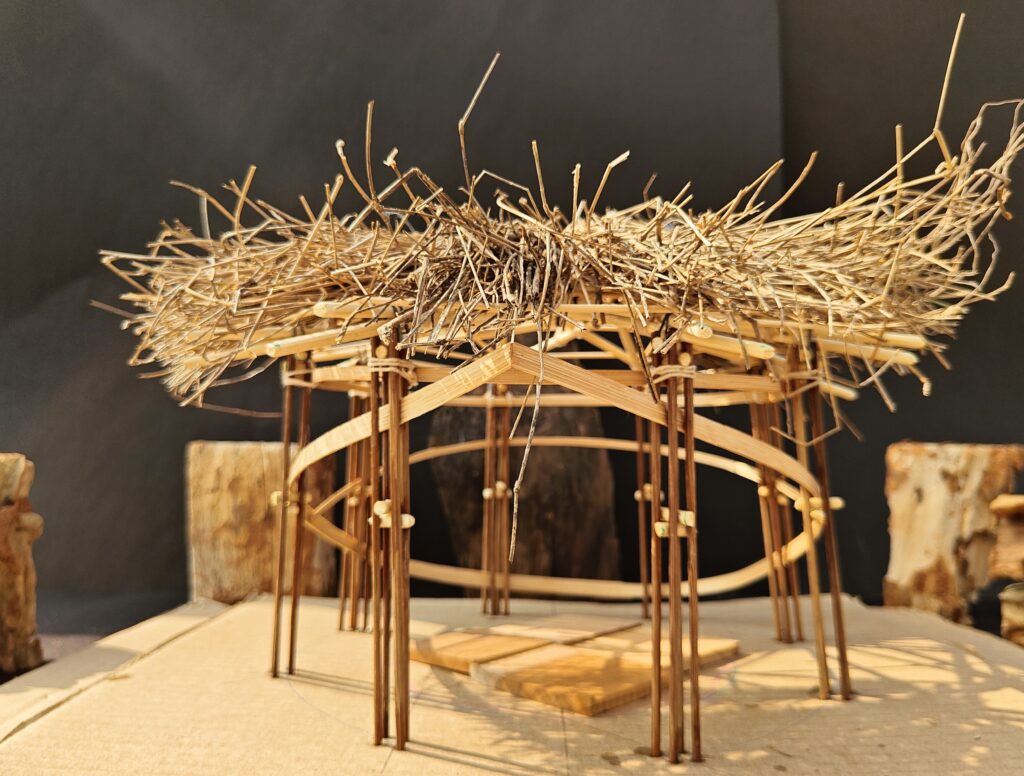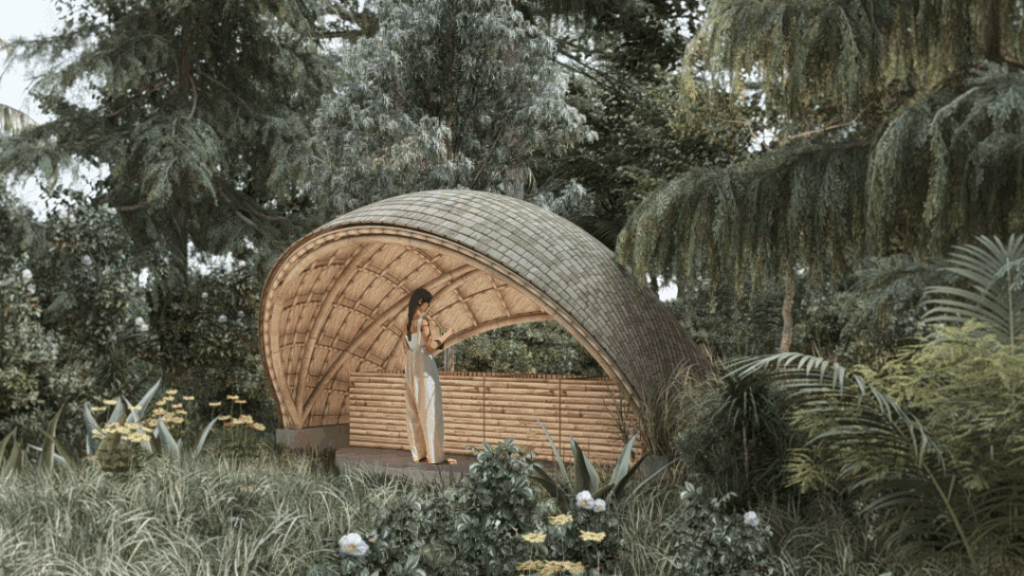Check Out This Organic Bamboo Chair Made From Splits!
By Pamela Pascual | May 24, 2024 | Student Work -

Pam enrolled in Bamboo U’s 11-day course in 2024, deepening her understanding of bamboo from its cultivation to its application. With a keen interest in sustainable materials, she seized the opportunity to enhance her design skills by undertaking the challenge of crafting a bamboo chair, further exploring the material's potential.
Where did the idea for the sustainable bamboo chair come from?
The bamboo chair was inspired by the concept of entanglement, drawing on the works of cultural anthropologist experts like Donna Harraway and Anna Tsing. I wanted to explore the relationship with bamboo as a companion species, expanding the idea of technology beyond "high tech" to include other ways of knowing and being that have been passed down in time through cultural practices and traditions. That's what got me curious, so I decided to explore it through this project.
I started by asking myself, “What would happen if I asked AI to design a chair and then work with the local master craftsmen to make it?”

How did you build this bamboo chair?
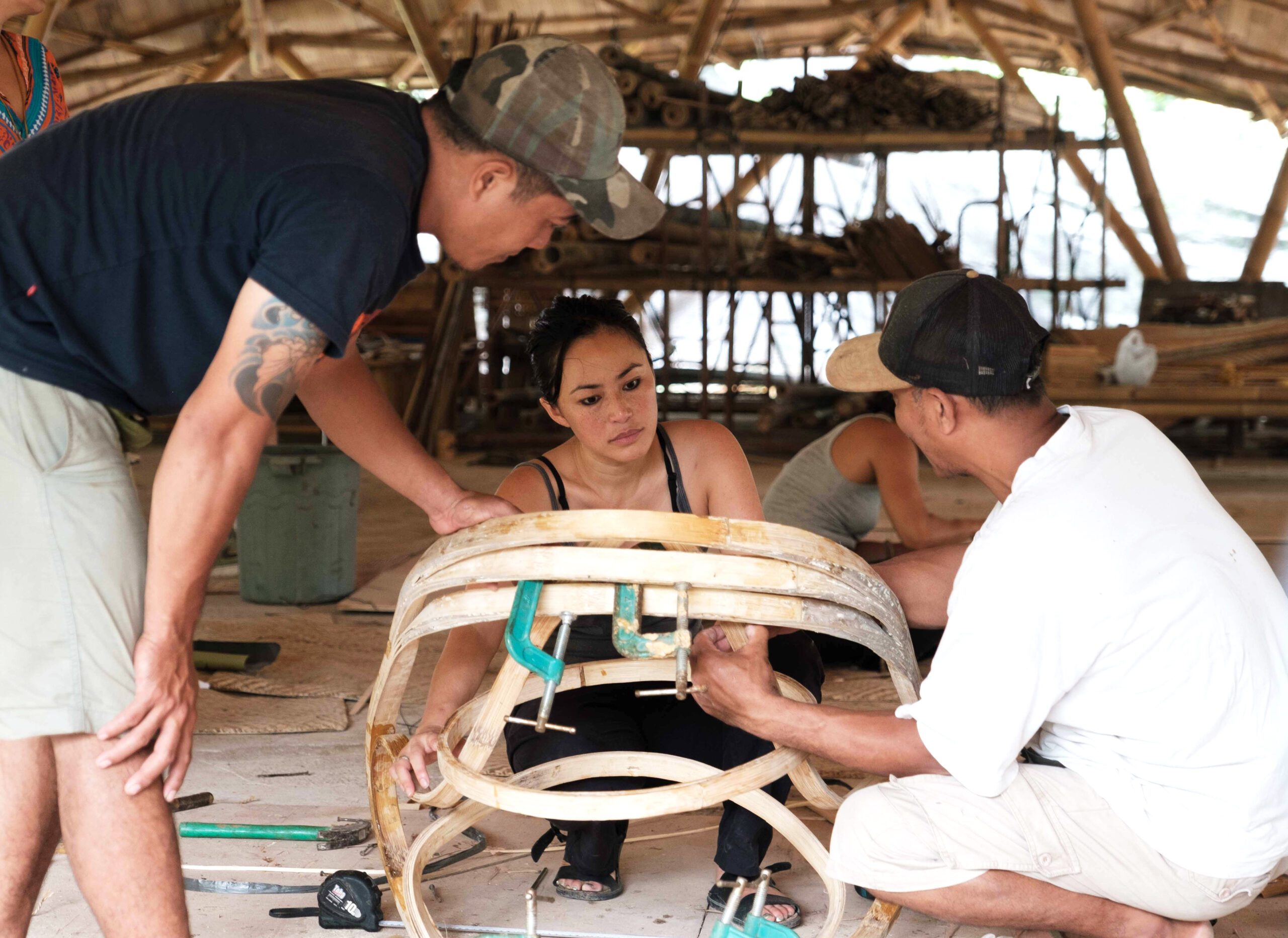
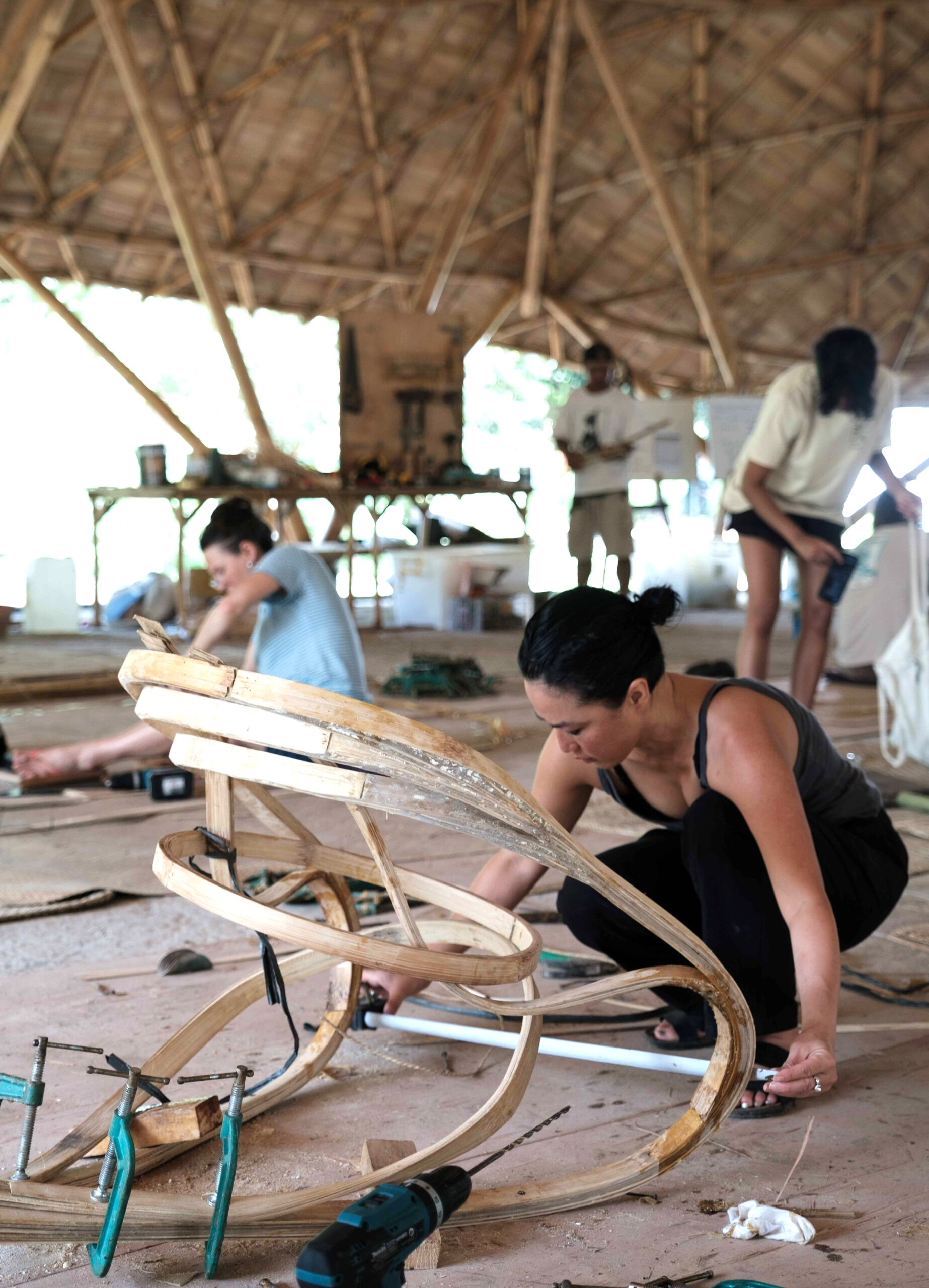

How do you feel about the final outcome?
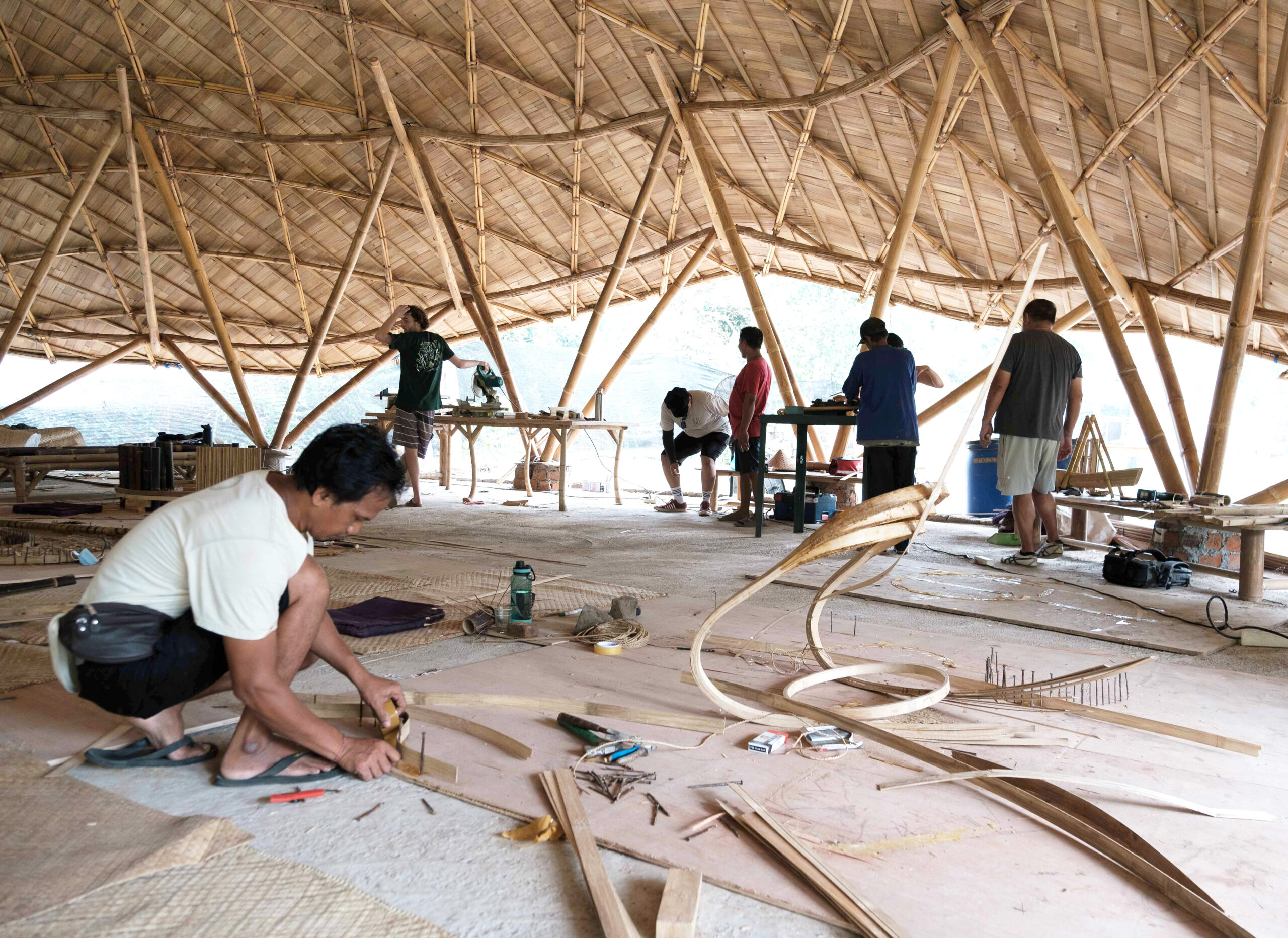


I want to express my gratitude to all the carpenters who helped me along the way, as well as the Bamboo U community.
Thank you Bamboo U!
Join the next 11-day Build and Design Course, and let’s begin your bamboo journey! To know more and book the course: bamboou.com/11-day-course

Pamela Pascual, a designer from the United States, joined the course to learn about bamboo from harvesting to processing. She hopes this experience will expand her skills and help her incorporate more eco-friendly materials into her projects in the future.
JUNE 13-24, 2025
The 11 Day Bamboo Build & Design Course in Bali
In 11 days, we'll show you how to build bamboo structures we’ll share all that it takes to build with nature.
Start Anytime
The Bamboo Harvesting Course
The Bamboo Harvesting Course is an online step-by-step training to harvest and care for your bamboo clumps to ensure their longevity and productivity. This maximizes the potential of this beautiful grass as a rapidly renewable resource.Whether you are an architect, builder, or sustainability enthusiast, this mini course will enable you to utilize this rapidly regenerative resource as a durable construction material.It will help remove any fear or doubt about the durability of bamboo and help you build reputable bamboo structures that stand the test of time!














